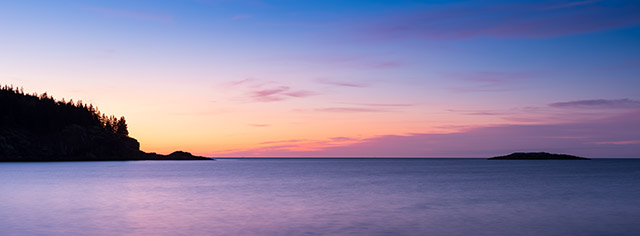The state of the Fujifilm GFX system (2022 edition): Everything you need to know about Fujifilm’s medium-format camera system
posted Wednesday, July 20, 2022 at 4:05 PM EDT

About five and a half years after its original release, the Fujifilm GFX system remains one of the market's most affordable and versatile medium-format camera systems. It's a genuine alternative to full-frame cameras for many types of photographers, and Fujifilm has shown a strong commitment to the system, releasing numerous new GFX cameras and many lenses.
In this article, we'll discuss every GFX camera and lens and see where the system performs well, and where it comes up a bit short.
The origins of the Fujifilm GFX system
Before looking at where we are with the Fujifilm GFX system, let's first look back to where we've been.
The GFX system traces its origins back to Photokina 2016 when the camera was first announced. At the time, it was quite surprising that Fujifilm skipped over full-frame cameras and went straight to medium-format. In hindsight, it was a shrewd business move that allowed Fujifilm to accomplish a couple of key tasks. First, the company entered a market that wasn't full of competition. Considering the full-frame mirrorless market, Sony is like a shiver of sharks circling the water where anyone dares enter. The medium-format mirrorless market? Relatively empty. Yes, Hasselblad is there, but their X1D 50C camera was $9,000 at launch.
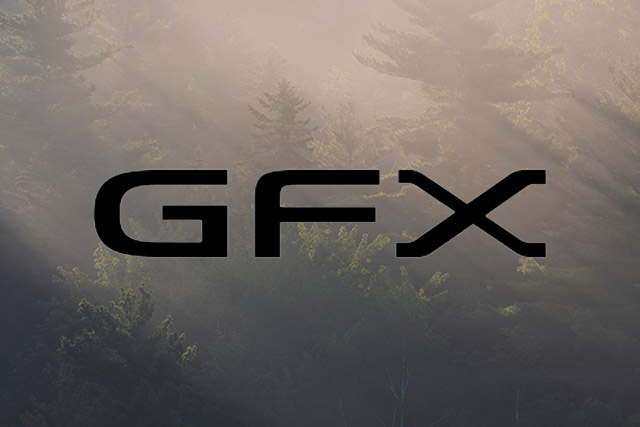
The second reason the GFX system was such a wise choice is that it delivered Fujifilm a certain prestige it hadn't had since its film days. There's no doubt that the Fujifilm X Series is amazing. However, to many consumers, sensor size matters, and full-frame cameras have an "it" factor that APS-C cameras lack. Well, what about a medium-format camera? That gives the Fujifilm brand a distinct, impressive product line to showcase. It's good to be different.
Before continuing, the "medium-format" waters are a bit murky. Two sensors are widely considered medium-format, the 44 x 33mm sensor like in the GFX, and the 53.4 x 40mm sensor found in medium-format cameras like the Phase One IQ4 digital backs.
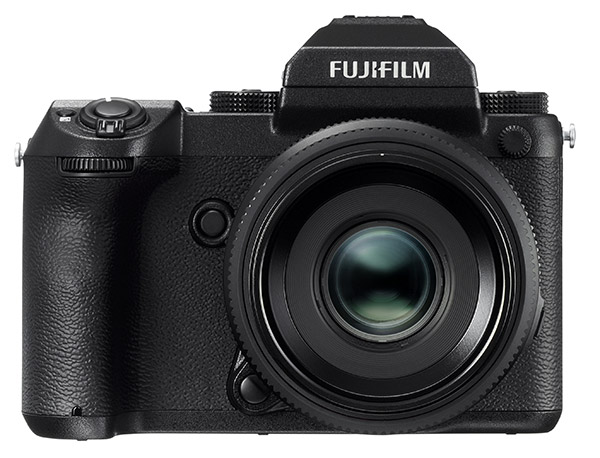
The GFX is not the first mirrorless camera system built around an approximately 44 x 33mm image sensor. In 2016, Hasselblad launched its X system with the X1D 50C camera. However, since then, Hasselblad has only released one more camera, the X1D 50C Mark II. To Hasselblad's credit, the X System has an impressive suite of XCD lenses. Is a 100-megapixel X1D on the way? Maybe.
The GFX and X1D owe a debt of gratitude to the Pentax 645Z, another 51-megapixel medium-format camera that came out way back in 2014, and 2010's Pentax 645D, a 40MP medium-format camera.
In my opinion, the original GFX 50S channels the 645Z's spirit more than Hasselblad's X1D 50C, with its chunky, DSLR-inspired design. The X1D 50C is sleeker and more modern. Sleekness doesn't necessarily beget usability, however, and that's an area where the GFX system truly excels.
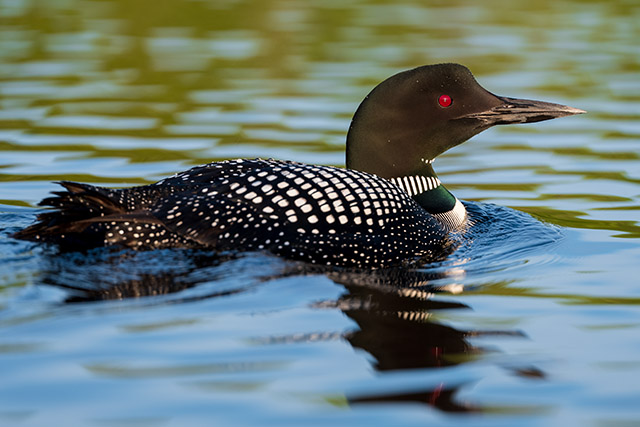
When Fujifilm announced the GFX 50S, they quoted the late photojournalist W. Eugene Smith, who said, "The world just does not fit conveniently into the format of a 35mm camera." Thus, Fujifilm didn't try to force it. The GFX sensor is about 70% larger than full-frame image sensors.
While employing a much larger image sensor than its Fujifilm X cameras, Fujifilm uses its X-Processors in the GFX cameras, much like its APS-C X cameras. And like the X cameras, Fujifilm opted to make the GFX system mirrorless, allowing the GFX 50S to be relatively smaller and lighter while avoiding mirror shock and maintaining better resolution.
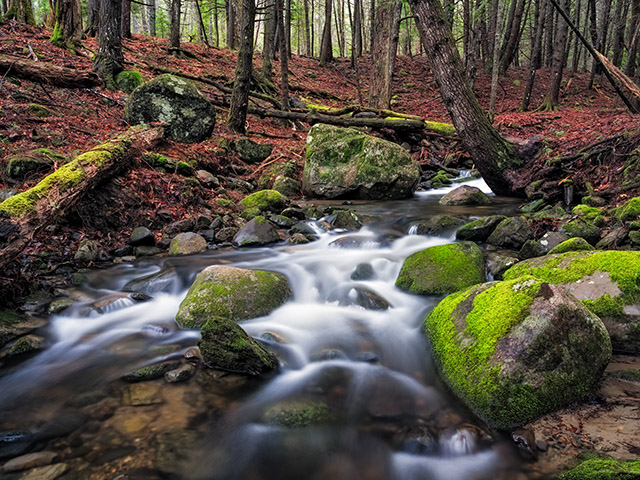
Fujifilm's decision to head from APS-C straight to medium format likely wasn't due just to image quality concerns. By avoiding full-frame back in early 2017, Fujifilm wasn't forced to go head-to-head with Sony's popular mirrorless E-mount cameras. That advantage was only further enhanced when Canon, Nikon, Panasonic, and Sigma later joined the full-frame mirrorless fray. Fujifilm also tapped into an interesting market, Canon and Nikon DSLR owners who wanted a high-resolution mirrorless camera. At that point, these customers were basically in the "Sony or bust" category. Of course, Sony benefitted greatly from this scenario for a while and still enjoys the benefits of having broken ground in the full-frame mirrorless space. A quick look at the available E-mount lenses tells you all you need to know about how Sony spent its time before Canon and Nikon entered the fray.
In a similar way, that's the market position Fujifilm enjoys with the GFX now. For numerous reasons, the medium-format mirrorless market is substantially smaller than the full-frame camera market. The point is that if anyone wants to come after Fujifilm now, they've got some serious work to do. Of course, Fujifilm is competing against Hasselblad. Still, the two companies seem to target different consumers, with Fujifilm going more aggressively at consumers considering cameras with smaller sensors. In contrast, Hasselblad targets an already-established medium-format audience with its leaf shutter and rich history in the high-end photography space.
The Fujifilm GFX 50S launch
The GFX 50S camera launched in early 2017 for $6,499 (body only). That's a lot of money. However, the GFX 50S wasn't outrageously priced relative to flagship full-frame cameras. Compared to the Pentax 645Z ($8,500 at launch) and the Hasselblad X1D 50C ($8,995), the GFX 50S represented a unique value proposition in the medium-format space.
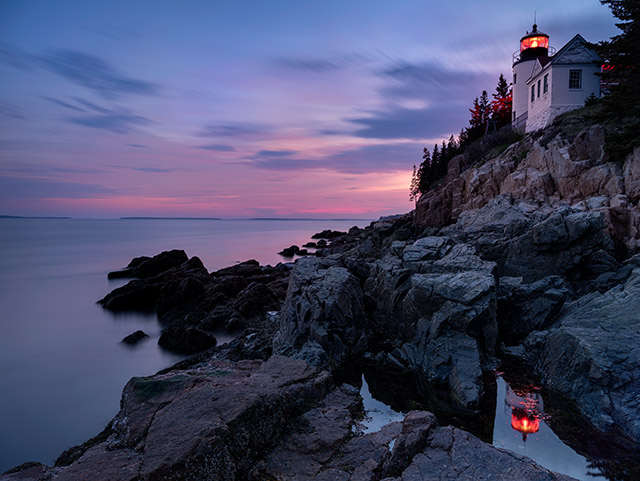
The lenses available at launch were quite varied, including the GF 63mm F2.8 R WR, a fast standard prime, the GF 120mm F4 Macro R LM OIS WR, and the GF 32-64mm F4 R LM WR standard zoom. These three lenses ranged in price from $1,500 to $2,600. Fujifilm also announced three more lenses to release during the rest of 2017, including the GF 110mm F2 R LM WR portrait prime, ultra-wide GF 23mm F4 R LM WR, and compact GF 45mm F2.8 R WR.
Despite being expensive and aimed at professionals, the GFX 50S launched in high demand. It was difficult to track down the camera and lenses for months following the launch, given its popularity relative to supply.
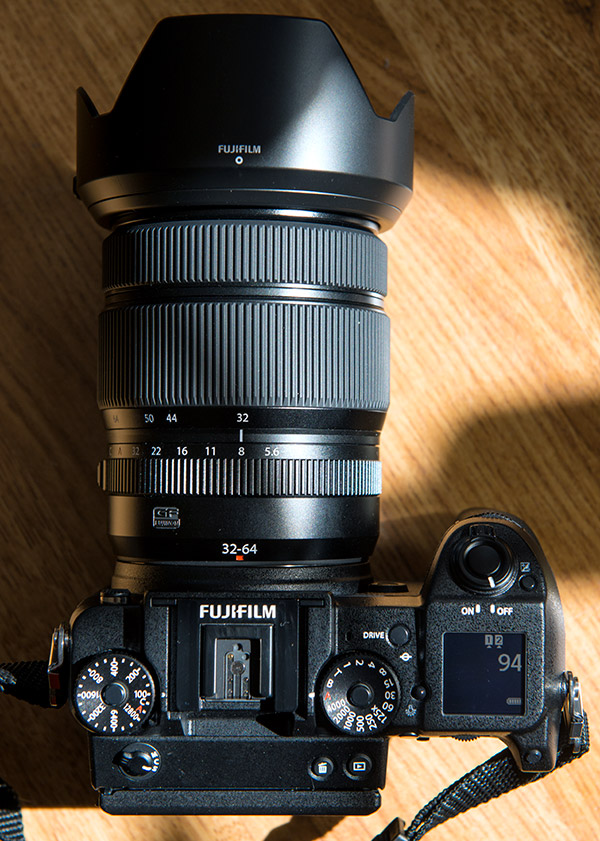
What we said in our review: The Fujifilm GFX 50S is not the perfect camera, although it may be a nearly perfect tool for some photographers depending on what they want to do with the camera. Its image quality is excellent and the camera itself is well-built and functional, lending itself well to landscape and nature photography. It also includes some nice portrait-oriented features that make the camera an intriguing option for portrait photographers and perhaps even wedding photographers. On the other hand, the camera is not fast in terms of autofocus or continuous shooting speeds, meaning it is not the right camera for photographing fast-moving subjects or sports.
Follow-up act: The Fujifilm GFX 50R
In our Fuji GFX 50S Review, we remarked about the camera's amazing image quality. However, it's not a perfect camera. Its contrast-detect autofocus system is sluggish and overall performance can't compete against similarly priced full-frame cameras. The image quality is better, and the GF lenses are amazing, but the GFX 50S isn't a fast camera. It's also quite large and was expensive at the time.
Enter the GFX 50R, a camera designed to alleviate at least some of these concerns, primarily size and cost. Equipped with the same image sensor as the GFX 50S, the GFX 50R is smaller, lighter, and launched at $4,500. Performance was slightly improved thanks to improved processing power, but autofocus concerns remained.
By the time we wrapped up our GFX 50R Review in early 2019, the GFX 50S's warts that carried over to the new camera felt even more out of place compared to contemporary full-frame cameras. The platform was still relatively new but starting to show its age.
What we said in our review: The GFX 50R cannot compete against high-end full-frame cameras in terms of speed, autofocus or video features. However, it delivers incredible image quality above and beyond what even very good full-frame cameras offer. To this end, we think that the GFX 50R is a very good camera for stills photographers looking for the ultimate in image quality. However, it's likely the case that for some photographers, the GFX 50S remains a better overall choice than the GFX 50R.
The GFX revolution: The Fujifilm GFX 100
That all changed with the Fujifilm GFX 100. Launched in mid-2019, the GFX 100 came with an all-new design, an all-new image sensor, a new processor, a new autofocus system, in-body image stabilization, 4K video, and much more. Of course, the across-the-board improvements came at a heavy cost of $9,999 body only. Much of the GFX system's appeal was medium-format quality at a full-frame price. The GFX 100 changed that.
However, for the money, the camera nonetheless packs a punch. The 102-megapixel image sensor is outstanding, easily besting top-of-the-line full-frame cameras in terms of resolution, dynamic range, and tonal quality.
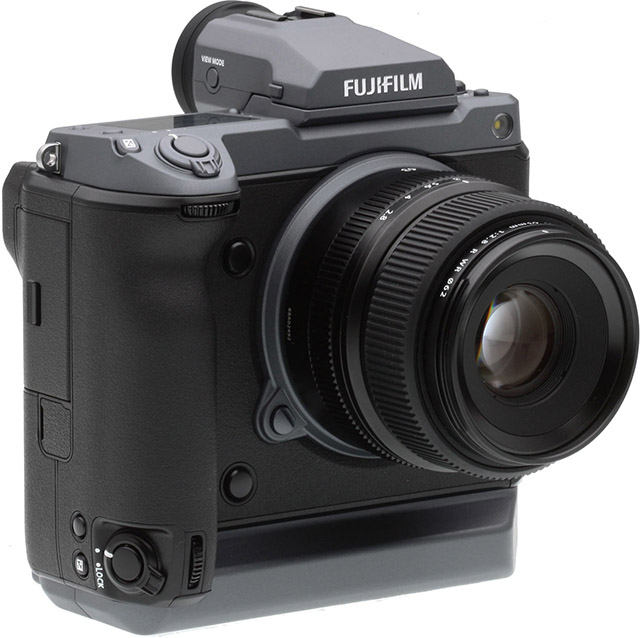
The sensor is paired to a relatively quick hybrid autofocus system. With the GFX 100's improved processing power, you can shoot at up to five frames per second, which is incredible for a medium-format system. The buffer is relatively shallow, but that's a lot of speed for that many megapixels.
The GFX 100 remains in Fujifilm's GFX lineup at its original $10,000 price point.
What we said in our review: The Fuji GFX 100 is indeed a very surprising camera in multiple ways. With its 100MP medium-format sensor, it offers absolutely outstanding image quality performance, making it a wonderful camera for those who need the ultimate in quality and resolution from their photographs. However, it's more than just a high-res camera. From its tall, gripped body design, its phase-detect AF system, effective IBIS, burst capabilities (within reason) and its well-rounded video features, the GFX 100 is a high-res camera that's also highly versatile.
100 megapixels at a lower price: The Fujifilm GFX 100S
$10,000 is a lot of money for a camera. What if you could get 100+ megapixels of medium-format goodness at a more palatable price? Enter the GFX 100S. Released in March 2021, about four years after the original GFX 50S, the GFX 100S introduced another new design, which is very similar to Fuji's new X-H2S camera, by the way, and used the same 102-megapixel image sensor as the GFX 100.
It wasn't just the image sensor that's the same. The GFX 100S has the same autofocus system and processor, meaning it's significantly faster than the original GFX 50S. More megapixels and better performance. What's not to like? Plus, the in-body image stabilization is very good and makes the GFX 100S much more usable for handheld shooting than the original GFX 50S.
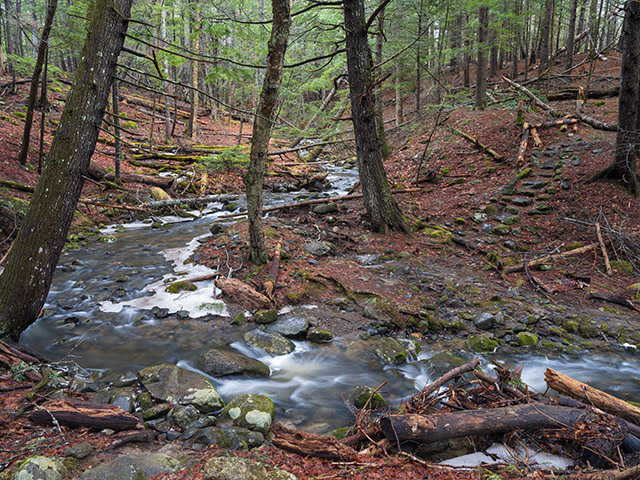
While the GFX 100 felt like something altogether new but prohibitively expensive, the GFX 100S is a true successor to the GFX 50S. It's refined and improved in almost every way and targets a similar, competitive price point.
What we said in our review: The Fujifilm GFX 100S is a remarkable achievement for Fujifilm. While the company had to cut a few features in pursuit of its aggressive price target for the camera, the GFX 100S doesn't lose any of the fantastic image quality of the GFX 100. The GFX 100S also doesn't discard any of the GFX 100's impressive performance, which is great for a medium-format camera even if some aspects of performance come up short relative to fast full-frame cameras...Ultimately, image quality is the star of the show. But it's important not to disregard usability and versatility. The GFX 100S delivers medium-format image quality in an easy-to-use, relatively lightweight package. The GFX 100S has no business being this impressive for its price. Is the camera still costly at $6,000? Sure, but it is worth every dollar and then some for photographers demanding the utmost in image quality. The GFX 100S is not a lesser version of the GFX 100. In many ways, it's the better – and much more affordable – choice.
A new low-cost king: The Fujifilm GFX 50S II
With the Fujifilm GFX 50S II, Fujifilm asked, "What if we put our older 51-megapixel sensor in the new, sleeker and IBIS-equipped GFX 100S body?" The answer is that you get the most affordable medium-format camera ever. At the time of writing, you can get the GFX 50S II for $3,500 (body only) and $4,000 with the GF 35-70mm lens. The Sony A7R IV, Nikon Z7 II, Canon EOS R5, and Panasonic S1R full-frame mirrorless cameras range in price from $3,000 to $3,900, so the GFX 50S II is well within this territory.
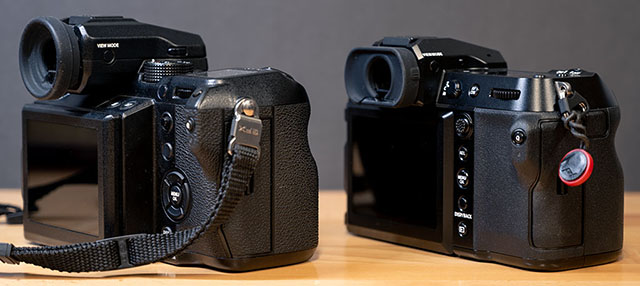
Of course, the GFX 50S II doesn't just get the same great image quality as the original GFX 50S and GFX 50R cameras, the GFX 50S II also gets the same basic autofocus system. An overclocked processor results in better autofocus speeds, but the contrast-detect technology still limits it. The continuous shooting remains at 3 fps, meaning the 50S II is slower than the GFX 100S in this regard, too.
What we said in our review: In the first part of my Field Test for the original Fujifilm GFX 50S camera, I wrote, 'Ultimately, the Fujifilm GFX 50S is a special camera. The camera offers incredible imaging performance that will stand up to the scrutiny of the most demanding photographers.' That sentiment rings as true today for the GFX 50S II as it did for the GFX 50S in 2017. The Fujifilm GFX 50S II is an excellent camera for capturing detailed, high-quality photographs of mostly stationary subjects. The camera's autofocus is slow and leaves a bit to be desired, and it's not a fast camera. However, it shoots photos with incredible detail, great tonality, impressive dynamic range, vibrant color and considerable flexibility during post-processing. Plus, the inclusion of in-body image stabilization makes the GFX 50S II an impressively versatile medium-format camera. You can handhold it and still take full advantage of the excellent image sensor.
Summing up the Fujifilm GFX cameras
That's where we stand now. There have been five GFX cameras, three of which remain available: the GFX 100, GFX 100S, and GFX 50S II. Let's quickly summarize them.
Fujifilm GFX 50S
The first GFX camera launched in early 2017 for $6,500 and used a 51.4-megapixel image sensor. The camera delivered amazing image quality and made medium-format photography more accessible than ever. The camera was held back by a somewhat chunky design and sluggish performance.
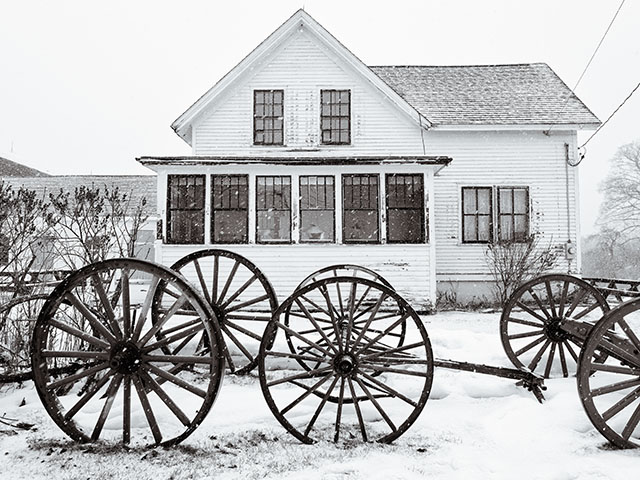
Is it still available brand-new? No, but you can rent it.
Would I buy it used? Probably not. A brand-new GFX 50S II is a better option.
Best features: Outstanding image quality, modular design, relative affordability.
Worst features: Sluggish autofocus, lackluster performance, limited lenses at launch.
Ideal choice for: Landscape photographers who want a removable EVF and vertical grip.
Fujifilm GFX 50R
With a rangefinder-inspired design, the GFX 50R delivered the same great image quality as the GFX 50S in a smaller and lighter form. It was also cheaper, launching for $4,500, a full $2,000 less than the original GFX. The GFX 50R's size and cost were its best features, but by the time the camera came out, the lackluster performance only felt worse.
Is it still available brand-new? No, but you can rent it.
Would I buy it used? Probably not. A brand-new GFX 50S II is a better option.
Best features: Outstanding image quality, more compact, more affordable.
Worst features: Sluggish autofocus, lackluster performance, not as good of a user experience as the GFX 50S.
Ideal choice for: Travel and landscape photographers who like a rangefinder-style camera.
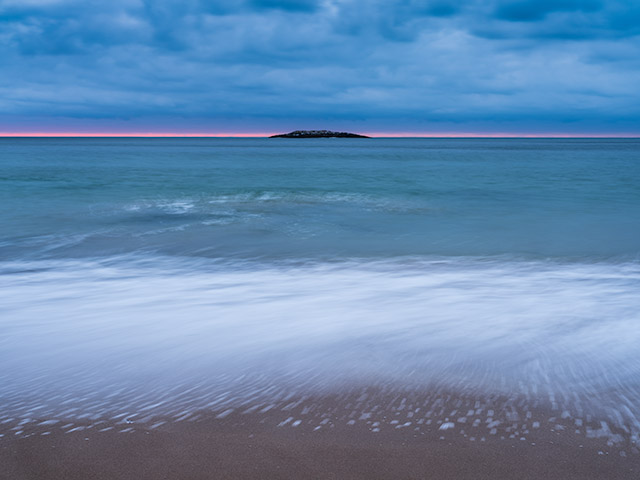
Fujifilm GFX 100
The GFX 100 was a bold new step for Fujifilm and finally unlocked performance that made the GFX system feel truly modern. With fast hybrid autofocus, improved performance and 102 megapixels, the GFX 100 is an amazing camera. The only downside? It's $10,000.
Is it still available brand-new? Yes, for $10,000. It is also available to rent.
Would I buy it used? Yes, if you need the GFX 100's unique features compared to the more affordable, smaller GFX 100S.
Best features: Class-leading image quality, faster autofocus, better performance, 4K video, and in-body image stabilization.
Worst features: Expensive and large.
Ideal choice for: Studio, high-end event and portrait photographers.
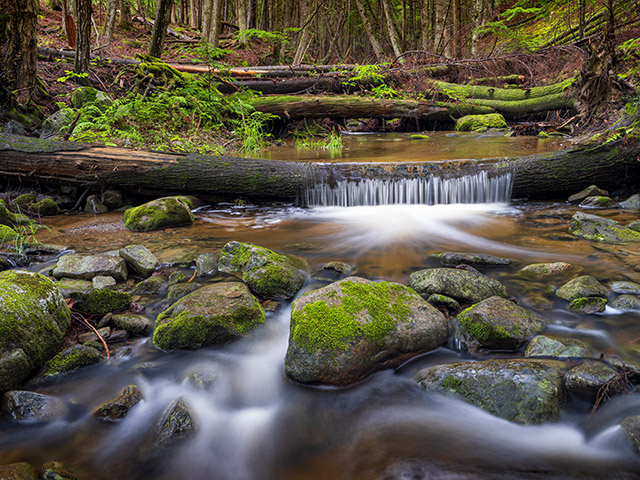
Fujifilm GFX 100S
The GFX 100S takes most of what makes the GFX 100 great and puts it in a smaller, sleeker camera body. Smaller and lighter than the original GFX 50S, the GFX 100S looks and feels like a modern mirrorless camera. It's about the same size as the Panasonic S1R and even weighs less than a Nikon Z7 II. Plus, the GFX 100S is $6,000, which is less than some professional full-frame cameras.
Is it still available brand-new? Yes, for $6,000. It is also available to rent.
Would I buy it used? Yes. It's a great camera at a great price. A used purchase will save you even more money.
Best features: Class-leading image quality, great autofocus and performance, 4K video, relatively compact and lightweight, includes in-body image stabilization.
Worst features: Doesn't accept a vertical grip and has fewer physical controls than the original GFX 50S.
Ideal choice for: Landscape, nature and portrait photographers.
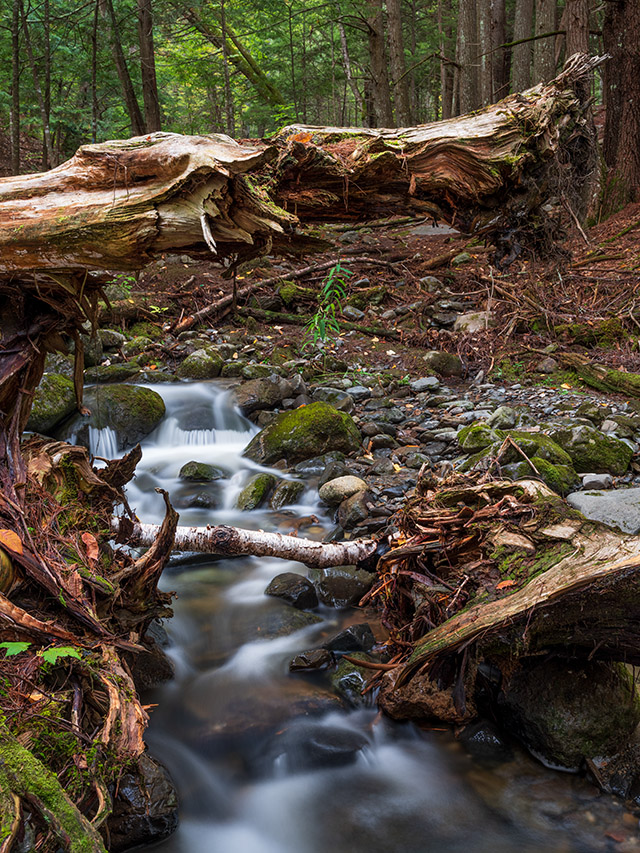
Fujifilm GFX 50S II
The GFX 50S II is the most affordable entry point into the GFX system. Compared to the original GFX 50S, many of the same problems remain five years later, but the image sensor still packs a punch.
Is it still available brand-new? Yes, for $3,500 body only and $4,000 with the GF 35-70mm kit lens. It is also available to rent.
Would I buy it used? Yes, although you likely won't find many since it's not even a year old.
Best features: The image quality is still great and the price cannot be beat. Plus, it has IBIS.
Worst features: Autofocus and performance and improved, but still not very good.
Ideal choice for: Landscape, nature and portrait photographers who want to save money and don't need 100 megapixels.
Fujinon GF lenses: What about the glass?
An interchangeable lens camera doesn't do you much good without lenses. The GF system covers many needs, although there are still some areas where the system comes up a bit short. Before diving into what could improve the system, let's briefly discuss all the available GF lenses in ascending order of focal length.
GF 23mm F4 R LM WR
The Fujinon GF 23mm F4 R LM WR is the widest available GF lens, at least until the GF 20-35mm wide-angle zoom lens arrives sometime in 2022. The GF 23mm F4 delivers a 99.9-degree angle of view, roughly equivalent to an 18mm lens on a full-frame camera. The GF 23mm F4 is a weather-resistant lens with 15 elements in 12 groups. It weighs 845 grams (1.86 pounds) and has an 82mm filter thread.
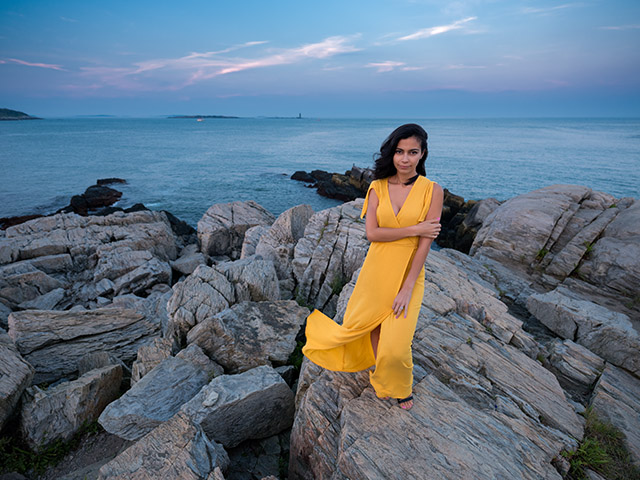
In our review, we wrote that the lens is a "highlight" in the GFX system and a must-have lens for landscape and architectural photographers with GFX cameras. We called it one of the best wide-angle lenses we've used.
That type of quality doesn't come cheap. At $2,600, the GF 23mm F4 is among the most expensive GF lenses, trailing only the GF 250mm F4 and Fuji's two GF 110mm prime lenses. However, it's one of few options for users demanding a high-quality wide-angle lens and well worth the investment.
Best for: Landscapes and architecture
GF 30mm F3.5 R WR
The GF 30mm F3.5 R WR is the GFX system's "24mm prime," with an 84.7-degree field of view. It's well-suited for various applications, including landscapes and environmental portraits. It delivers good image quality, and it's impressively compact.
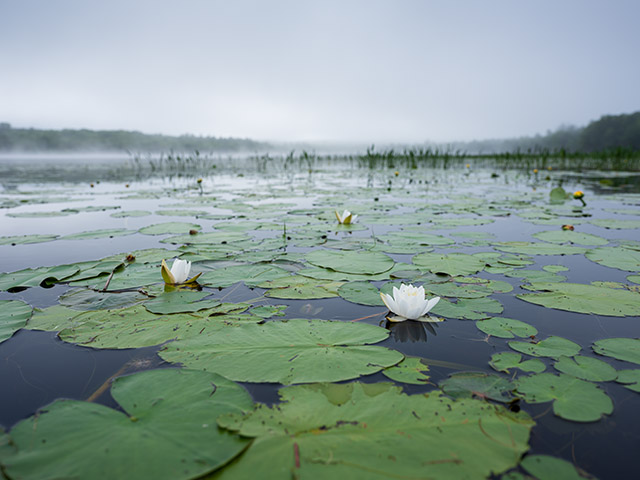
The lens is let down slightly by its autofocus, which is a bit sluggish, and its $1,700 price, which feels high for a 24mm equivalent prime lens with a relatively slow aperture. It is nonetheless a worthwhile inclusion in the GFX system.
Best for: Landscapes and environmental portraits
GF 32-64mm F4 R LM WR
The GF 32-64mm F4 R LM WR was the first zoom in the GF system, launching alongside the GFX 50S. It remains a workhorse in the lineup, delivering a relatively "standard" focal length range of 25-52mm in 35mm terms with a constant F4 aperture. It's a versatile, high-quality lens that delivers outstanding performance.
We wrote, "Its practicality makes it a must-have for many photographers. The Fujinon GF 32-64mm not only delivers on its promise of practicality as a normal zoom lens, but it also delivers truly exceptional optical performance across the entire range." Speaking from my experience as a GFX owner, the GF 32-64mm was my first lens and remains my most-used lens by a wide margin.
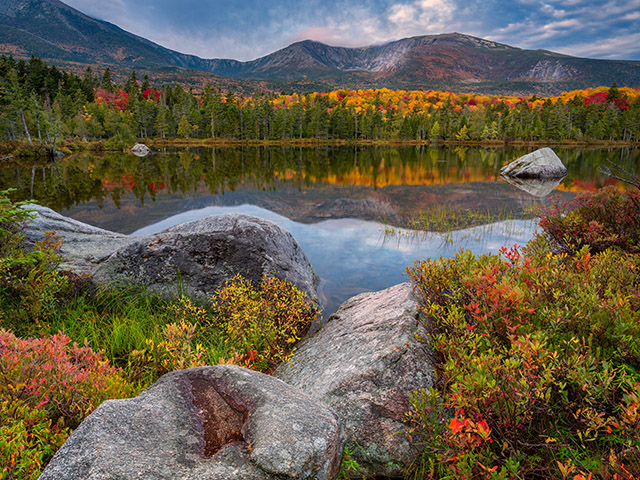
At $2,300 (or $1,800 after an ongoing mail-in rebate campaign), the GF 32-64mm F4 isn't the most affordable zoom in the GF lens lineup, nor is it the most compact, but it is nonetheless among the best.
Best for: Landscapes and travel photography
Buy: $2,299 ($1,799 after mail-in rebate that ends on July 31) / Rent
GF 35-70mm F4.5-5.6 WR
One of few GF lenses we haven't reviewed, the GF 35-70mm F4.5-5.6 WR is the most recent addition to the GF lens lineup, having been announced alongside the GFX 50S II camera. The GF 35-70mm is also sold as a kit lens with the GFX 50S II, making it the first "kit" lens in the system. Alongside the GF 50mm F3.5 R LM WR, the GF 35-70mm zoom is also the most affordable GF lens with its $999 price tag. The standard zoom lens is not only a good value if you buy it separately for just under $1,000, but in the GFX 50S II kit, the lens is only $500, which is an outstanding proposition for new GFX owners.
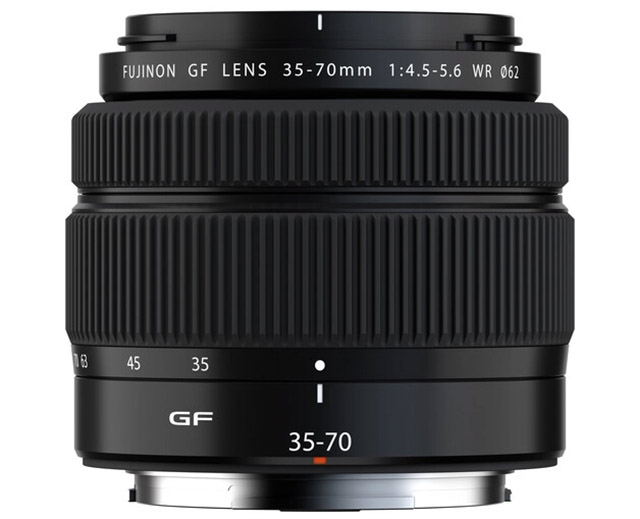
While we haven't gone hands-on with the lens for ourselves, trusted reviewers note that the lens delivers good image quality but doesn't quite feel as good as some other more expensive GF lenses. That's understandable. The lens weighs only 440g, which is very lightweight.
Best for: Landscapes and general photography
GF 45mm F2.8 R WR
The Fujinon GF 45mm F2.8 R WR is a compact, reasonably fast prime lens. It's also weather-resistant, which is excellent. Whereas the GF 30mm is the GFX system's "24mm prime," the GF 45mm is the system's "35mm prime." It's a standard wide-angle focal length that offers a natural perspective for portraits while remaining wide enough for many landscape situations.
The general-purpose lens is surprisingly expensive at $1,700, but it's a great all-around lens that delivers excellent sharpness, even when shooting wide open. The autofocus is swift as well. The lens has two primary downsides. It has a bit of vignette at F2.8, which is a minor issue. A bigger problem is that it doesn't focus very closely, which is typical of many GF lenses but still a disappointment. Overall, it's an important part of the GFX system and a fantastic lens.
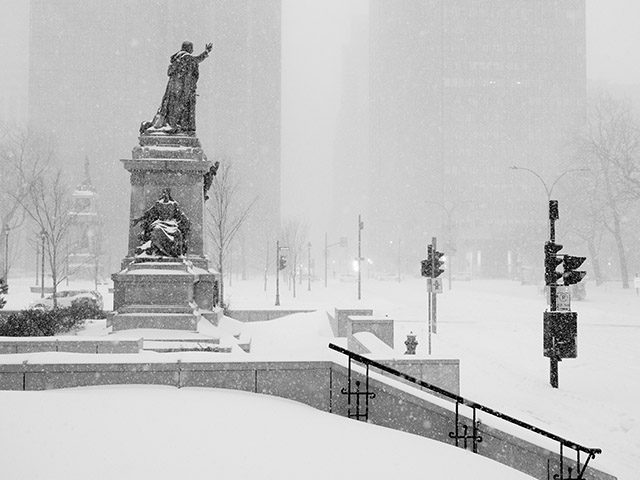
Best for: Street, landscapes and portrait photography
Buy: $1,699 ($1,399 after mail-in rebate that ends on July 31) / Rent
GF 45-100mm F4 R LM OIS WR
This is another GF lens we've yet to try for ourselves. However, by all accounts, it's an impressive lens. It offers a 35mm equivalent focal length range of 36-79mm, and it's a natural fit with the GF 32-64mm and GF 100-200mm lenses. Unlike the GF 32-64mm, the GF 45-100mm F4 R LM OIS WR includes optical image stabilization, which helps keep the lens steady, especially when using a camera without IBIS, like the GFX 50S and GFX 50R.
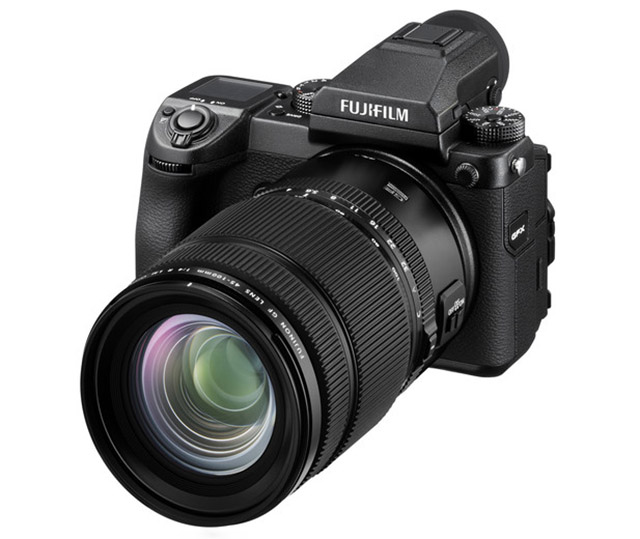
The GF 45-100mm is a relatively large zoom lens, measuring 144.5mm (5.7 in.) long and weighing 1,005g (2.2 lbs.). The $2,300 lens promises excellent image quality, although it's slightly disappointing that it doesn't get a bit wider.
Best for: Landscapes and travel photography
GF 50mm F3.5 R LM WR
The Fujinon GF 50mm F3.5 R LM WR is a very compact medium-format lens. It's only 48mm (1.9 in.) long and weighs a mere 335g (11.8 oz.). By even full-frame standards, it's a small lens. But by medium-format standards, it's downright tiny.
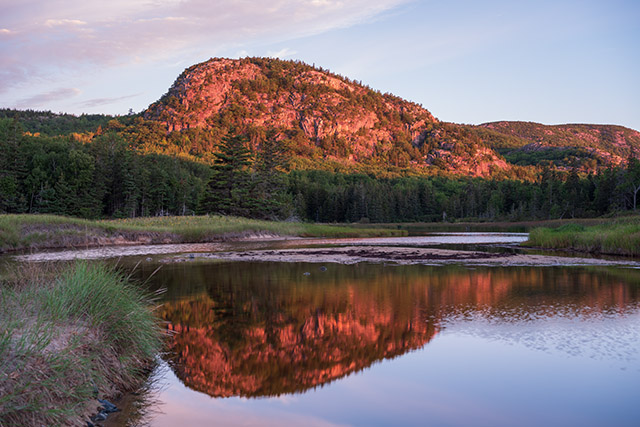
The small stature doesn't reduce overall usability or build quality. It's still weather resistant and includes a nice focus ring and dedicated aperture ring. Further, the lens delivers impressive image quality, even when shooting wide open. The corner performance isn't incredible, at least not compared to some other GF lenses, but the GF 50mm F3.5 is nonetheless a strong performer.
Best for: Street and travel photography
Buy: $999 ($799 after mail-in rebate that ends on July 31) / Rent
GF 63mm F2.8 R WR
The GF 63mm F2.8 R WR is one of the three lenses that launched alongside the GFX 50S camera. The GF 63mm is essentially a "nifty fifty" for the GFX system. The standard lens offers a pretty bright F2.8 aperture and a lightweight design. The lens weighs just 405g (0.9 lbs.) and is 84mm (3.3 in.) long.
The GF 63mm is a workhorse lens, although it's no longer the fastest prime in the GF system. Since its launch, Fujifilm has released an F1.7 and an F2 lens, with another F1.7 lens with a similar (55mm) focal length arriving next year. While the GF 63mm F2.8 R WR was a "go-to" lens for many early adopters of the GFX system, it doesn't seem like as good of an option for new buyers.
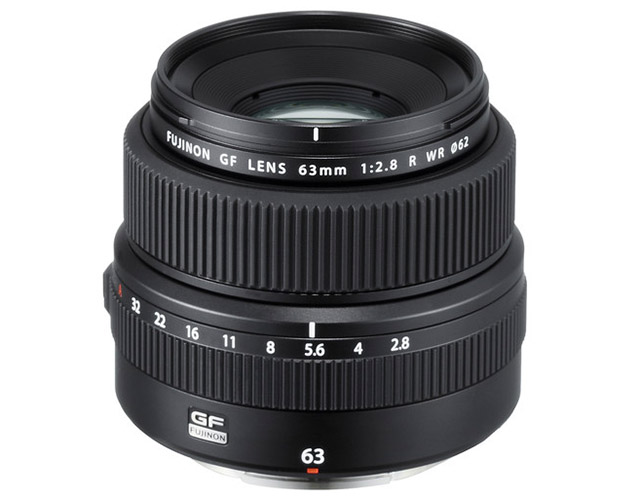
Best for: Portraits and still life
Buy: $1,499 ($1,199 after mail-in rebate that ends on July 31) / Rent
GF 80mm F1.7 R WR
The first very bright lens on our list is the relatively new GF 80mm F1.7 R WR short telephoto prime lens. The 12th lens Fujifilm released in the GFX system, the GF 80mm F1.7 R WR is the first – and still only – F1.7 lens available for the GFX. It's the brightest autofocus lens ever for a mirrorless medium-format camera.
Not only is the lens fast, but it's also extremely sharp, even wide open. If there's a downside to the lens's image quality, it's certainly not sharpness, it's a slight propensity toward purple fringing. The lens is also slightly prone to lens flare. Besides that, the image quality and the bokeh are incredible.

The GF 80mm F1.7's biggest weakness is its autofocus. The autofocus is driven by a DC motor rather than a linear motor system like the GF 110mm F2 lens. Ultimately, at least on the admittedly sluggish GFX 50S, the GF 80mm F1.7's AF is frustratingly slow, which can limit its usability somewhat, especially for low-light event photography. The AF is still plenty fast for most portraits, and the AF accuracy is excellent, which is critical given the shallow depth of field.
Best for: Portraits
GF 100-200mm F5.6 R LM OIS WR
The GF 100-200mm F5.6 R LM OIS WR is the third lens I added to my GFX system. Why this lens? I wanted a telephoto lens, and the GF 250mm F4 is too limiting with its fixed focal length. The GF 100-200mm is a great choice for landscape photography and delivers outstanding image quality, especially for a zoom lens. The lens is also equipped with OIS, making it a great choice for handheld photography.
The F5.6 max aperture isn't especially bright, but by opting for an F5.6 aperture, Fujifilm has made the lens relatively lightweight for a medium-format telephoto zoom lens. It weighs 1,050g (2.31 lbs.). It's also somewhat narrow, using a 67mm front filter thread rather than the 77mm thread on the GF 32-64mm F4.
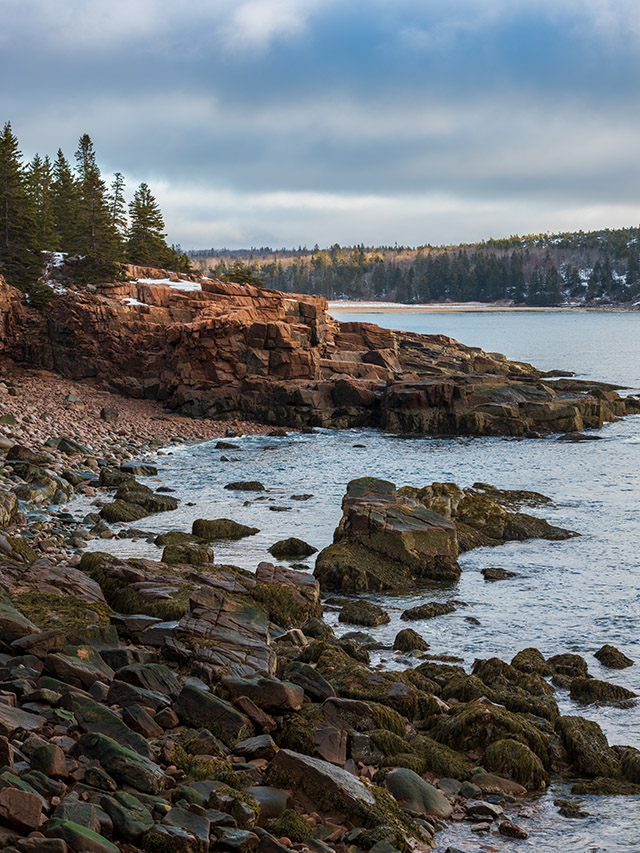
In my review, long before I opted to purchase the lens myself, I wrote, "At $2,000, the GF 100-200mm lens is reasonably priced for a medium format zoom lens, and its performance absolutely lives up to the price. It is remarkably sharp across the entire focal length range, even when shot wide open. While I do wish that the lens had a bit more zoom range, given its size, price, and performance, the GF 100-200mm is a great addition to any GFX kit." Speaking of the zoom range, the GF 100-200mm is compatible with Fujifilm's 1.4x teleconverter, so you can have a 140-280mm F8 zoom if you prefer.
Best for: Landscapes, nature and travel photography
Buy: $1,999 ($1,499 after mail-in rebate that ends on July 31) / Rent
GF 110mm F2 R LM WR
At the time of its release in autumn 2017, the GF 110mm F2 R LM WR was Fujifilm's fastest GF lens yet. It remained the fastest lens until 2019's GF 80mm F1.7 but remains Fujifilm's best overall telephoto lens. Compared to the GF 80mm F1.7, the GF 110mm F2 is slightly slower in terms of aperture but quite a bit faster when it comes to autofocus. Given the longer focal length, the bokeh at F2 remains superb.
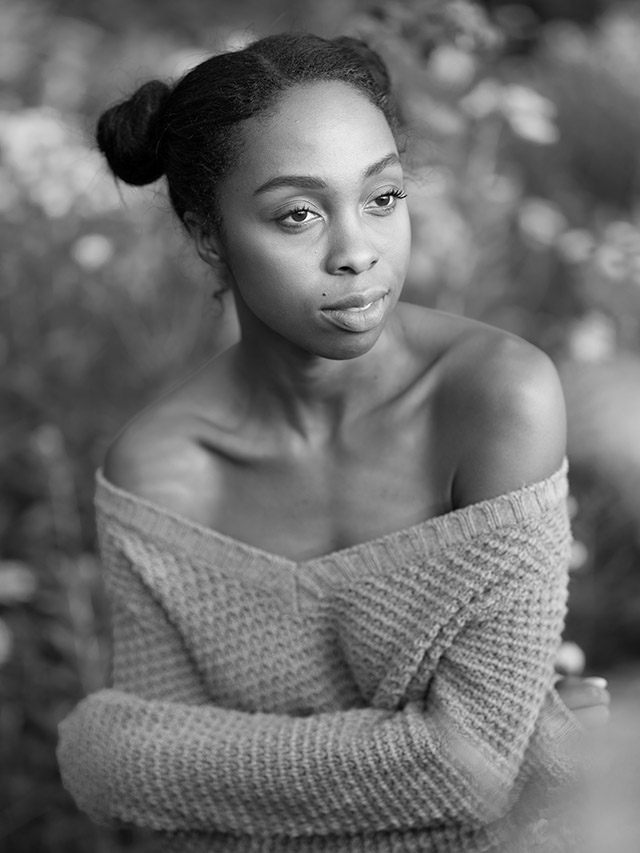
However, excellence is often expensive, and the GF 110mm F2 is no exception. The lens is $2,800, making it the second-most expensive GF lens, behind only the GF 250mm F4 R LM OIS WR telephoto prime. That said, if you need a fast portrait prime and want linear motor AF, the GF 110mm F2 is a great option.
Best for: Portraits
GF 120mm F4 R LM OIS WR Macro
The only macro lens in the GFX system, the GF 120mm F4 R LM OIS WR Macro, isn't a one-trick pony. You can use the lens for many subjects, including portraits, although it does shine when doing close-up work. The lens has a max magnification of 0.5x, which means it's not a 1:1 macro lens – although you can use it with Fujifilm's extension tubes.
Fujifilm has many sharp lenses in its GF system. All of them are at least good – but the GF 120mm F4 is among the sharpest. Aside from minor chromatic aberration in extreme situations, the overall image quality is exquisite. When you add the available extension tubes, which can make the lens a true 1:1 macro lens, it's a great option for macro and close-up photography.
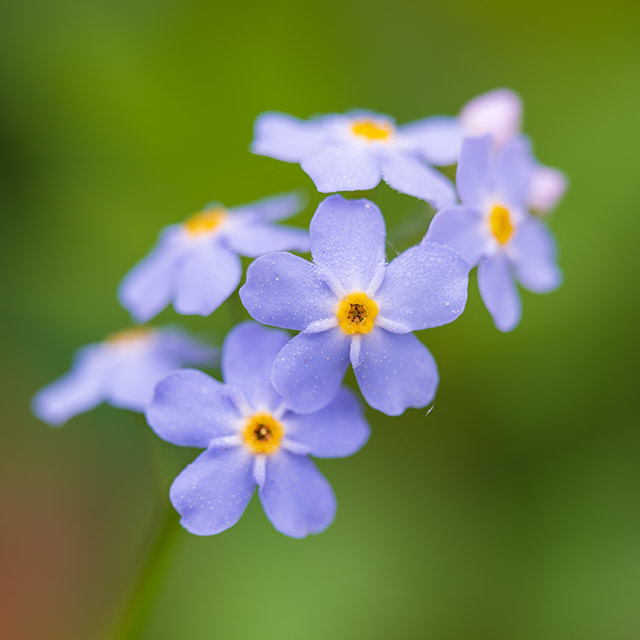
Best for: Macro and portrait photography
GF 250mm F4 R LM OIS WR
The longest – and most expensive – lens in the GF lens lineup, the GF 250mm F4 R LM OIS WR is a GFX photographer's only practical option for wildlife and sports photography. Not many medium-format lenses are this long. In fact, Hasselblad's longest lens for its X1D camera is the XCD 135mm F4.8. The GF 250mm F4 is not just longer than that; it's also faster. It's also compatible with the 1.4x teleconverter, making it a 350mm F5.6 (around 275mm equivalent in 35mm terms).
The lens is surprisingly versatile given that it's a prime, working well for wildlife, still life, and portrait photography. It's also decent at close-up work. It's not a macro lens by any stretch, but it can focus as close as 1.4m (4.6 ft.), resulting in a 0.22x max magnification without the teleconverter. One downside is that it's the heaviest GF lens at 1.42kg (3.14 lbs.). It's also the most expensive, and the 1.4x teleconverter is an additional $850.
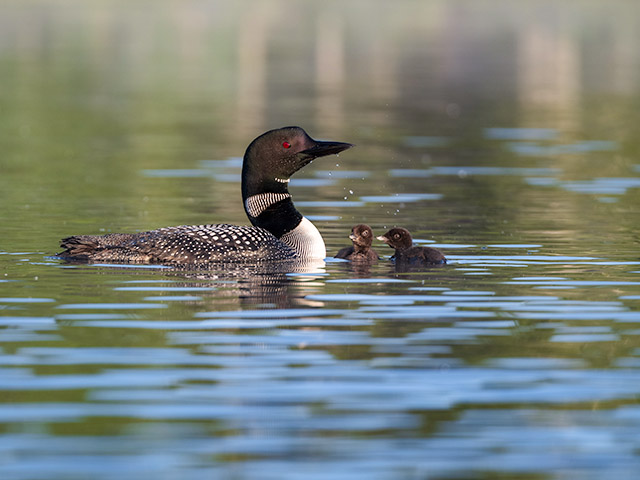
Overall, the GF 250mm F4 R LM OIS WR is an extremely impressive and unusual medium-format lens that performs a task no other lens in the GFX system can. It's not a lens I'm personally going to add to my kit anytime soon, but anyone who does will be very happy.
Best for: Wildlife and portrait photography
What's best about the GFX system?
Earlier this year, Fujifilm celebrated the fifth anniversary of the GFX system. During the last five-plus years, the company has released five cameras and 13 lenses. That's an incredibly impressive expansion of what is ultimately a niche system. The GFX has proven popular, there's no doubt about that, but given the size and cost of the cameras and lenses, it'll never attain the mainstream appeal of the Fujifilm X Series.
However, the GFX system has achieved many "firsts" for medium-format photography. It was the first medium-format camera system to include in-body image stabilization, phase-detect autofocus, C4K video and more. When the GFX 50S launched, it broke new ground as a relatively affordable and usable medium-format camera. In the years that followed, especially with the GFX 100 and perhaps more with the GFX 100S, the GFX system became a versatile mirrorless camera system. It's still relatively expensive, although it's priced well within the range of high-end full-frame cameras.
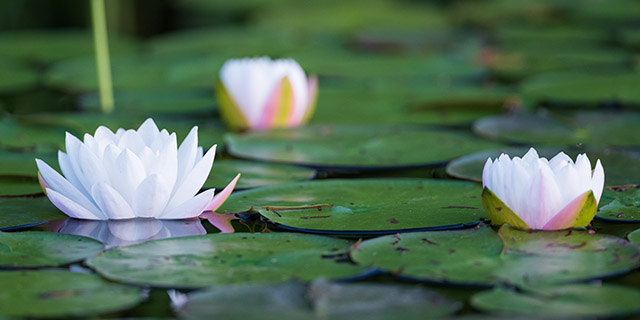
Where does it come up short?
The GFX system is really good, delivering image quality that is superior to full-frame cameras across nearly every conceivable metric, including sharpness, tonality, and dynamic range. However, an area where the GFX comes up short, fast as it may be for a medium-format camera system, is autofocus and shooting speed. If you're looking to photograph fast-paced, high-speed action, even the GFX 100 won't fit the bill like a Sony A1, Canon R3 or Nikon Z9.
The GFX has a great selection of lenses, but the system still lacks a few surefire hits that you find in full-frame camera systems, like F2.8 zoom lenses, super-fast wide-angle lenses, and F2.8 telephoto lenses. There's also nothing very long, like a 100-500mm or 200-600mm telephoto zoom. Of course, it makes sense that the GFX system doesn't have these lenses since it's not built for wildlife and sports photography; try as the GF 250mm F4 might.

These are unrealistic goals for a medium-format camera system, even one as relatively versatile as the GFX. Therein lies the GFX system's greatest weakness. In exchange for a larger sensor and better image quality, you lose overall speed, flexibility, and versatility. If you buy a camera like the Sony A7R IV, you get 63 megapixels of excellent image quality that comes up short of the GFX cameras, even the GFX 50S II. However, you have access to a much wider range of lenses that can handle just about any photographic situation. And if you opt for something like the Sony A1, you give up some resolution, but you achieve incredible speed. The point is that the GFX system, while much more versatile than when it launched in 2017, pales in comparison to full-frame mirrorless cameras regarding lens selection, speed and adaptability to a wider range of photographic situations.
Who is the GFX system best for?
Of course, not every photographer requires a camera that can do it all. Some photographers have specific goals, and the GFX may be one of the best systems to achieve those goals. If you're a studio photographer that doesn't require the leaf shutter of Hasselblad lenses or doesn't have $50,000+ for a large-format medium-format camera system like the Phase One, then the GFX 100S is a great choice. The GFX system has a few amazing portrait lenses, and there are a scant few full-frame lenses that can go toe-to-toe against the GF 110mm F2 when it comes to resolution and bokeh.
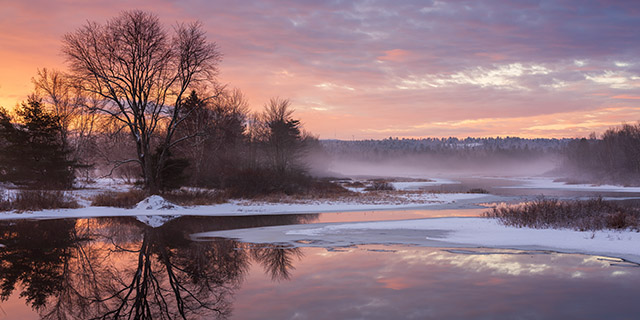
The GFX system is also very good for landscape photography. Landscape photography doesn't require a fast camera with incredible continuous autofocus performance. High-resolution sensors and lenses are ideal for landscape photography, and the GFX, especially the GFX 100S, is one of the best combinations of resolving performance and versatility available. The GFX 100S isn't the smallest camera, but it's roughly the same size as a large full-frame mirrorless camera. The GF 32-64mm F4, GF 45-100mm F4, and GF 100-200mm F5.6 zooms are all versatile, relatively easy-to-carry lenses for landscape and nature photographers.
What's on the horizon?
We don't know anything about any future GFX cameras. However, if we had a wish list, it'd include even more megapixels. There's no doubt that the GF lenses, which are designed to handle at least 100-megapixel sensors, are capable of even more. Alternatively, a new 100-megapixel GFX camera with even better autofocus and overall performance would be a welcome addition to the lineup. However, the GFX 100(S) is already fast and delivers impressive autofocus.
A specific area where the GFX system could stand to improve is concerning face/eye-detect autofocus and tracking performance. The GFX 100(S) already delivers significantly faster autofocus and superior tracking than the GFX 50S/R, but there's still room for improvement. Improved AF-C and better tracking performance would make the GFX system even better suited to wedding and event photography, especially for people who also want to record video with beautiful bokeh and a "medium-format look."
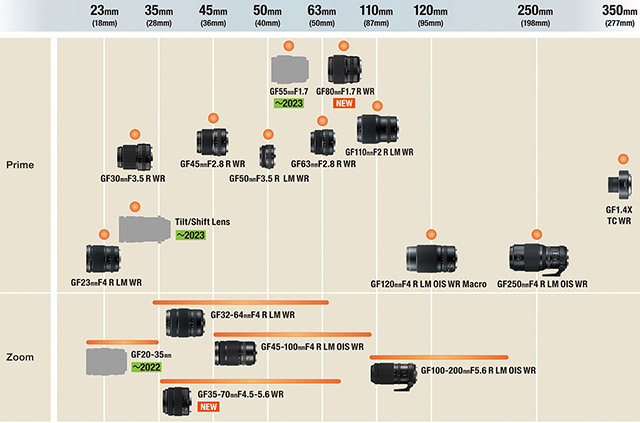
There's a bit more information about lenses. We've already mentioned that a GF 55mm F1.7 lens is coming in 2023. Later this year, a GF 20-35mm ultra-wide-angle zoom will be an interesting addition, especially for landscape photography. A third lens is on the roadmap, a wide-angle tilt/shift lens. The tilt/shift lens, scheduled for 2023, will be a great choice for landscape and architectural photography.
As a longtime GFX user, if I could wish for any lens while still tethered somewhat to reality, I'd wish for a fast wide-angle prime lens—something like a GF 30mm F2. As a landscape and nature photographer, the GFX system is amazing, but it doesn't have a great lens for night sky photography. I've had to keep my DSLR and a fast prime explicitly for this reason alone. I've shot night sky images with the GFX 50S and GF 32-64mm F4, but they're just not as good as I want.
Entering less realistic territory, I'd also love to see a longer lens, even if it was F5.6. The GF 250mm F4 is great, but the GFX 100(S) has enough autofocus performance and speed to handle wildlife photography – albeit not as well as good APS-C and full-frame cameras. A GF 500mm F5.6 would be an interesting lens. It'd also be large, heavy, and expensive. I would be surprised if Fujifilm releases anything longer than the GF 250mm F4 anytime soon.
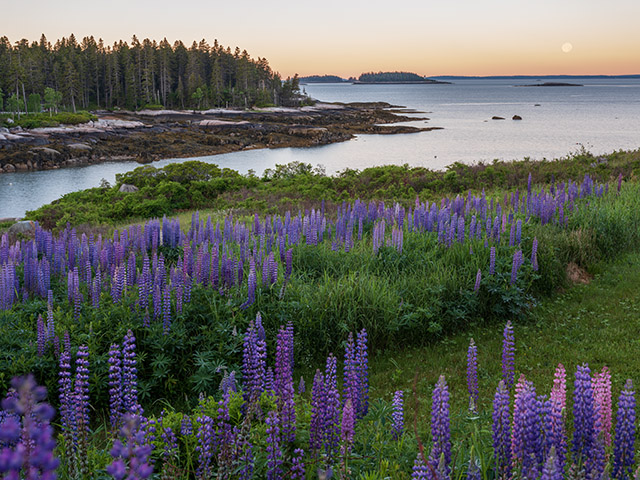
Summary
Other than that, there's not much missing from the GFX system. It's not the right tool for everyone. Still, Fujifilm has done a remarkable job rapidly expanding the system with more cameras and lenses at different price points and for different use cases. Whether you're a landscape, portrait, wedding, or travel photographer, there are plenty of reasons to consider the GFX system as an upgrade to an APS-C camera system or an alternative to a full-frame mirrorless camera.
